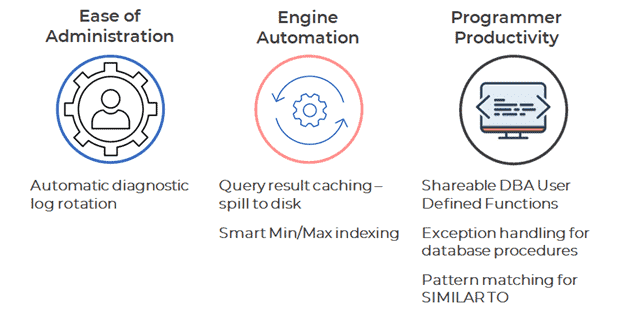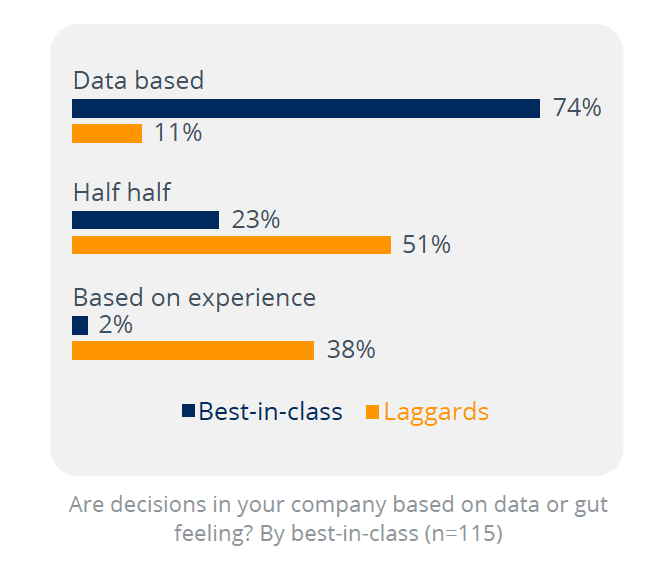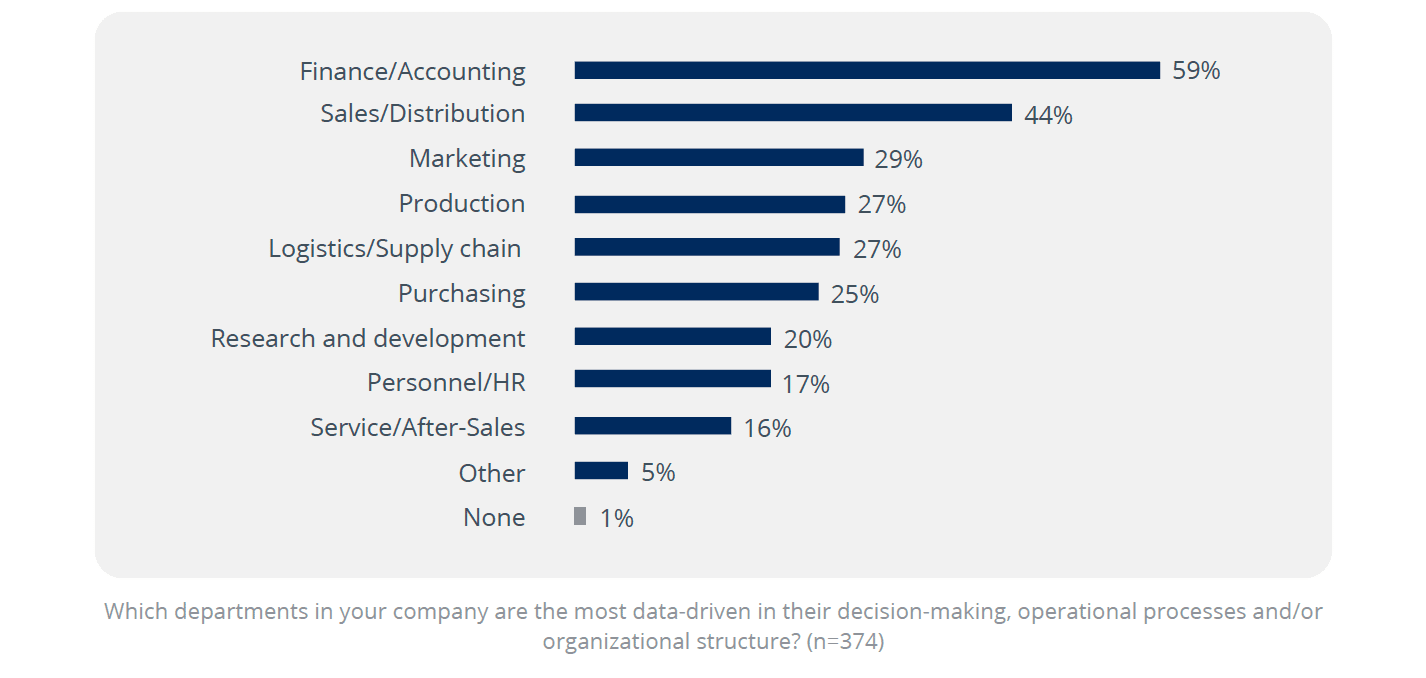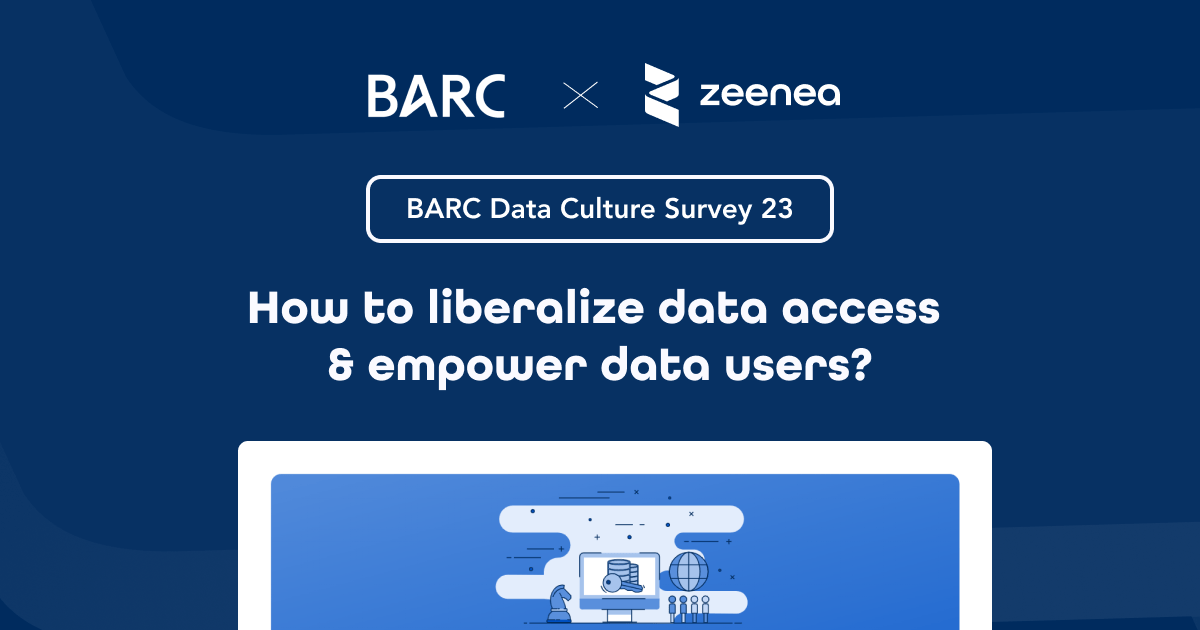How to Overcome Data Management Challenges
Teresa Wingfield
December 14, 2022

An impactful customer experience (CX) requires accurate and relevant data that’s easy to access, manage, and use. For businesses today, this data is the lifeblood for knowing more about customers to optimize CX. However, many organizations are saddled with data management challenges that reveal roadblocks to this data, resulting in an inaccurate and incomplete picture of the wider data set. This has a cascading impact for business teams to interpret data, which can lead to uninformed and less optimal business decisions.
The data management issue isn’t due to the lack of data. Rather, data silos, shadow IT, and aging legacy infrastructure (among other hurdles) all hold a business back from using data effectively to grow and scale. To make matters worse, traditional data management solutions require specialized IT resources and labor-intensive data preparation, which slows down processing. These data challenges also make data inaccessible to non-technical business users, such as sales, marketing, and customer success teams, who need to be more empowered through democratized, easy access to data.
Delivering exceptional CX requires businesses to remember who’s up front and center for them: their customers. This keeps the focus on finding ways to clear their data hurdles and identify useful and repeatable efforts that drive down as many of the hurdles as possible. We’ll further examine challenges, explore ways to clear them, and share best practices to help ensure organizations have the right data available to paint a 360-degree view of their customers.
Data Management Risks to CX
The amount of data businesses can access is no longer a challenge – the gap lies in the quality of that data, the level of access to it, and gaining a clear understanding of how it fits into broader business goals. A recent study found that nearly eight in 10 data management decision-makers believe cataloging issues (such as knowing where data lives and who the owners are) are among the top challenges in the data ecosystem.
This lack of knowledge and poor management of who owns the data and how to access it leads to two major issues: data silos and shadow IT. Silos around data collection limit data sharing. For example, a sales department may have collected data for a customer’s previous sales history. This data would be valuable to a CX team to resolve a customer issue, but the sales department doesn’t share its data with other departments.
Teams unable to access silos can turn to other systems or applications to help plug in missing information. In the example above, the CX team may use unapproved third-party applications or services to source information to resolve the customer’s issue. Without the knowledge of IT, this scenario can turn into a sprawl of unapproved resources for collecting and using data, further deepening the silo conundrum.
Who is at the receiving end of poorly managed data accessibility? Customers. Consumers are demanding a more personalized and unified CX, with a recent study finding that over 75% of consumers are frustrated when their experiences aren’t personalized. If silos or other issues stall customer teams from accessing critical data, it’s hard to create an experience that’s relevant to a customer’s buying journey.
Tackling this issue head-on means assessing if your systems are set up to simplify and automate data integration and provide access to that data across the enterprise. Many traditional data management solutions are laborious and ineffective from a time and money standpoint. To be truly effective, solutions should unify core technologies and function as a one-stop center for all things data.
Modernizing CX Through Unified Systems
It’s evident that customer demands reflect the backdrop of today’s fast-paced society. Any delay can impact the business, making it less proactive in understanding and addressing customer needs in the most meaningful way. To be successful, companies need access to solutions built with data integration and ease-of-use at their core. The Actian Data Platform makes data easy, enabling businesses to simplify how people connect, manage, and analyze their data.
The Actian Data Platform is purpose-built for the future of data-driven businesses. It reduces complexity and risks associated with digital transformation. The Actian platform enables businesses to streamline data processing, getting data into the hands of those who need it in the most flexible and easy way.
With the Actian platform, data is accessible from on-premises, cloud, or hybrid environments. This gives CX teams unparalleled access to business-critical customer data, allowing them to make decisions quicker and create a more engaging experience for customers. Additionally, the Actian platform makes data-driven projects even easier with the ability to have any – or all – of the platform’s capabilities managed or co-managed.
Transforming your data management strategies to improve CX can be tricky, but it’s imperative for organizations to be fully equipped to deliver the best for their customers. See how the Actian Data Platform can modernize your data management strategy.
Subscribe to the Actian Blog
Subscribe to Actian’s blog to get data insights delivered right to you.
- Stay in the know – Get the latest in data analytics pushed directly to your inbox.
- Never miss a post – You’ll receive automatic email updates to let you know when new posts are live.
- It’s all up to you – Change your delivery preferences to suit your needs.

















